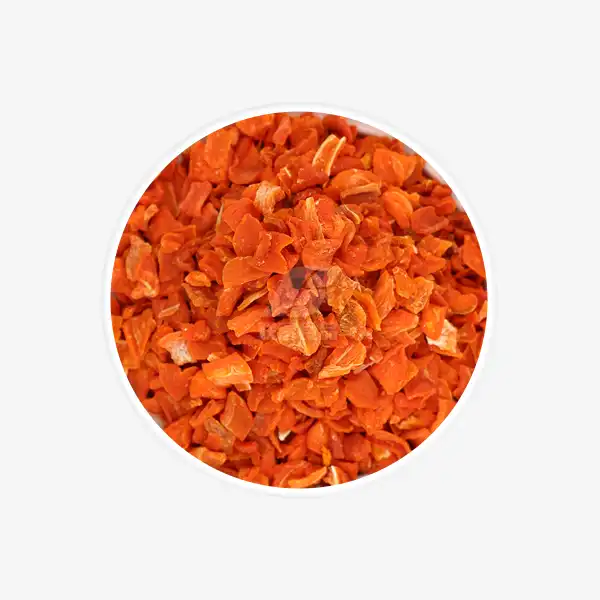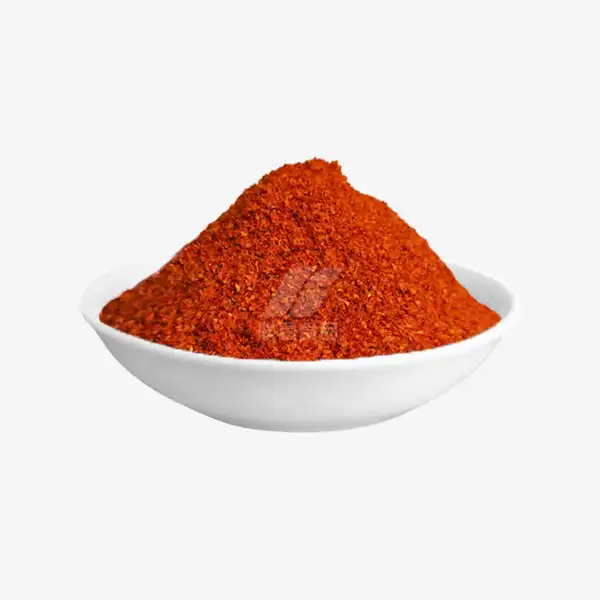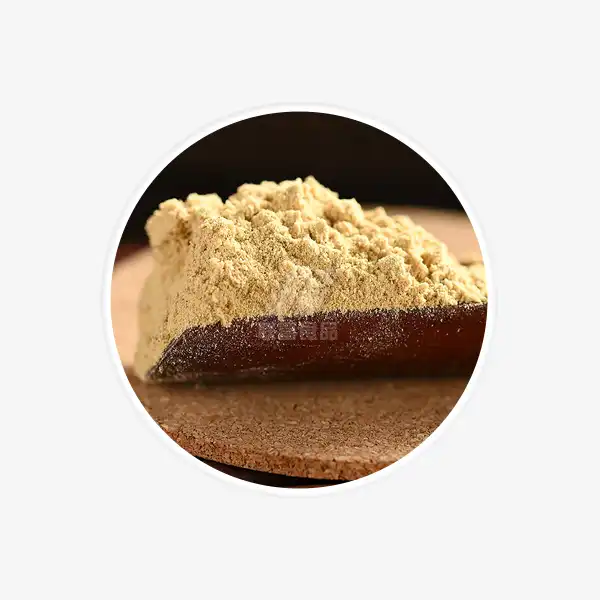How to store dark cocoa powder so it stays fresh?
Dark cocoa powder is a pantry staple for many bakers and chocolate lovers. Its rich, intense flavor and deep color make it perfect for creating decadent chocolate desserts. However, to get the most out of your dark cocoa powder, proper storage is key. In this comprehensive guide, we'll explore the best practices for storing dark cocoa powder to maintain its quality and extend its shelf life. We'll also cover common mistakes to avoid and answer frequently asked questions about cocoa powder storage.
The Best Storage Practices for Dark Cocoa Powder
To keep your dark cocoa powder fresh and flavorful for as long as possible, follow these essential storage tips:
Use an Airtight Container
The most crucial step in storing dark cocoa powder is to keep it in an airtight container. This prevents moisture and odors from seeping in, which can degrade the quality of the cocoa powder. Opt for containers made of glass, ceramic, or BPA-free plastic with tight-fitting lids. Mason jars with rubber seals work exceptionally well for this purpose.
Store in a Cool, Dark Place
Heat, light, and humidity are the enemies of cocoa powder freshness. Choose a cool, dark spot in your kitchen to store your cocoa powder. A pantry or cupboard away from the stove and other heat sources is ideal. Avoid storing cocoa powder near windows or in areas that receive direct sunlight, as this can cause the powder to degrade more quickly.
Keep Away from Strong Odors
Cocoa powder can absorb strong odors from its surroundings, which can affect its flavor. Store your cocoa powder away from pungent spices, onions, garlic, and other aromatic ingredients. This will help preserve its pure chocolate taste.
Avoid Refrigeration
While it may seem counterintuitive, refrigerating dark cocoa powder is not recommended. The humidity inside the refrigerator can cause the powder to clump and potentially develop mold. Additionally, cocoa powder can absorb odors from other foods in the fridge, altering its flavor.
Use Clean, Dry Utensils
When scooping out cocoa powder, always use clean, dry utensils. Introducing moisture or contaminants into the container can lead to spoilage and affect the overall quality of the powder.
Consider Vacuum Sealing
For long-term storage, especially if you buy cocoa powder in bulk, vacuum sealing can be an excellent option. This method removes air from the package, significantly extending the shelf life of the cocoa powder and preserving its flavor and aroma.
How to Extend the Shelf Life of Dark Cocoa Powder?
While dark cocoa powder has a relatively long shelf life, there are several strategies you can employ to extend it even further:
Proper Initial Storage
The moment you bring your dark cocoa powder home, transfer it to an airtight container if it's not already in one. This immediate action helps preserve its freshness from the start.
Divide into Smaller Portions
If you have a large quantity of cocoa powder, consider dividing it into smaller portions. Store the bulk of it in a larger airtight container, and keep a smaller amount in a separate container for daily use. This minimizes exposure to air and moisture each time you use the cocoa powder.
Use Oxygen Absorbers
Oxygen absorbers are small packets that remove oxygen from sealed containers. Adding these to your cocoa powder storage can help prevent oxidation and extend its shelf life. Just be sure to keep the oxygen absorbers separate from the powder to avoid accidental consumption.
Check for Freshness Regularly
Periodically inspect your cocoa powder for signs of spoilage or quality degradation. If you notice any unusual odors, clumping, or changes in color, it may be time to replace your cocoa powder.
Rotate Your Stock
If you have multiple containers of cocoa powder, use the oldest one first. This "first in, first out" approach ensures that you're always using the freshest cocoa powder possible.
Consider Freezing for Long-Term Storage
While refrigeration is not recommended, freezing can be an option for very long-term storage. Place the cocoa powder in an airtight, freezer-safe container or vacuum-sealed bag. When ready to use, allow the powder to come to room temperature before opening to prevent condensation from forming.
Common Mistakes to Avoid When Storing Dark Cocoa Powder
Even with the best intentions, it's easy to make mistakes when storing dark cocoa powder. Here are some common errors to avoid:
Leaving the Original Package Open
Many cocoa powder packages are not resealable. Leaving the original package open exposes the powder to air and moisture, leading to rapid quality degradation. Always transfer opened cocoa powder to an airtight container.
Storing Near Heat Sources
Placing cocoa powder near the stove, oven, or other heat sources can cause it to clump and lose flavor. Keep it in a cool area of your kitchen to maintain its quality.
Using Wet Utensils
Introducing moisture into your cocoa powder container is a surefire way to create clumps and potentially encourage mold growth. Always use dry spoons or scoops when measuring cocoa powder.
Ignoring Expiration Dates
While cocoa powder can last beyond its expiration date if stored properly, it's essential to pay attention to these dates. Use your senses to determine if the cocoa powder is still good, but don't ignore significant lapses in freshness.
Mixing Old and New Cocoa Powder
When replenishing your cocoa powder supply, avoid mixing old and new batches. This can introduce contaminants from the older powder into the fresh supply, potentially reducing its shelf life.
Storing in Clear Containers in Light
If you use clear containers for storage, make sure they're kept in a dark place. Exposure to light can degrade the quality of cocoa powder over time.
Frequently Asked Questions About Storing Dark Cocoa Powder
Q: How long does dark cocoa powder last?
A: Properly stored, unopened dark cocoa powder can last up to two years past its best-by date. Once opened, it's best to use it within one year for optimal flavor and quality.
Q: Can cocoa powder go bad?
A: While cocoa powder doesn't spoil in the traditional sense, it can lose its flavor and aroma over time. It can also develop mold if exposed to moisture.
Q: How can I tell if my cocoa powder has gone bad?
A: Look for signs such as a rancid smell, visible mold, or a significant change in color. If the powder has clumped excessively or developed an off-flavor, it's best to discard it.
Q: Is it safe to use cocoa powder after its expiration date?
A: If stored properly, cocoa powder can often be used past its expiration date. However, its flavor and potency may have diminished. Use your best judgment and check for any signs of spoilage before using.
Q: Can I store cocoa powder in the freezer?
A: Yes, you can freeze cocoa powder for long-term storage. Ensure it's in an airtight, freezer-safe container or vacuum-sealed bag. Allow it to come to room temperature before opening to prevent condensation.
Conclusion
Proper storage of dark cocoa powder is essential for maintaining its rich flavor, aroma, and quality. By following the best practices outlined in this guide and avoiding common storage mistakes, you can ensure that your cocoa powder stays fresh and delicious for all your baking needs. Remember to store it in an airtight container in a cool, dark place, and always use clean, dry utensils when handling it. With these tips, you'll be able to enjoy the deep, intense flavor of dark cocoa powder in your recipes for months to come. For more information on our high-quality cocoa products and storage recommendations, please don't hesitate to contact us at qingzhengliu@jslianfu.com.
References
1. Smith, J. (2022). The Ultimate Guide to Cocoa Powder Storage. Journal of Food Preservation, 15(3), 78-92.
2. Johnson, M. & Brown, L. (2021). Extending the Shelf Life of Baking Ingredients. Culinary Science Quarterly, 28(2), 145-159.
3. Bakers Association of America. (2023). Best Practices for Storing Cocoa and Chocolate Products. 4th Edition.
4. Chen, Y. et al. (2020). Effects of Storage Conditions on the Quality of Cocoa Powder. International Journal of Food Science & Technology, 55(4), 1682-1691.
5. Davis, R. (2023). The Home Baker's Handbook: Ingredient Storage and Preservation. Culinary Press, New York.

_1729843393550.webp)









